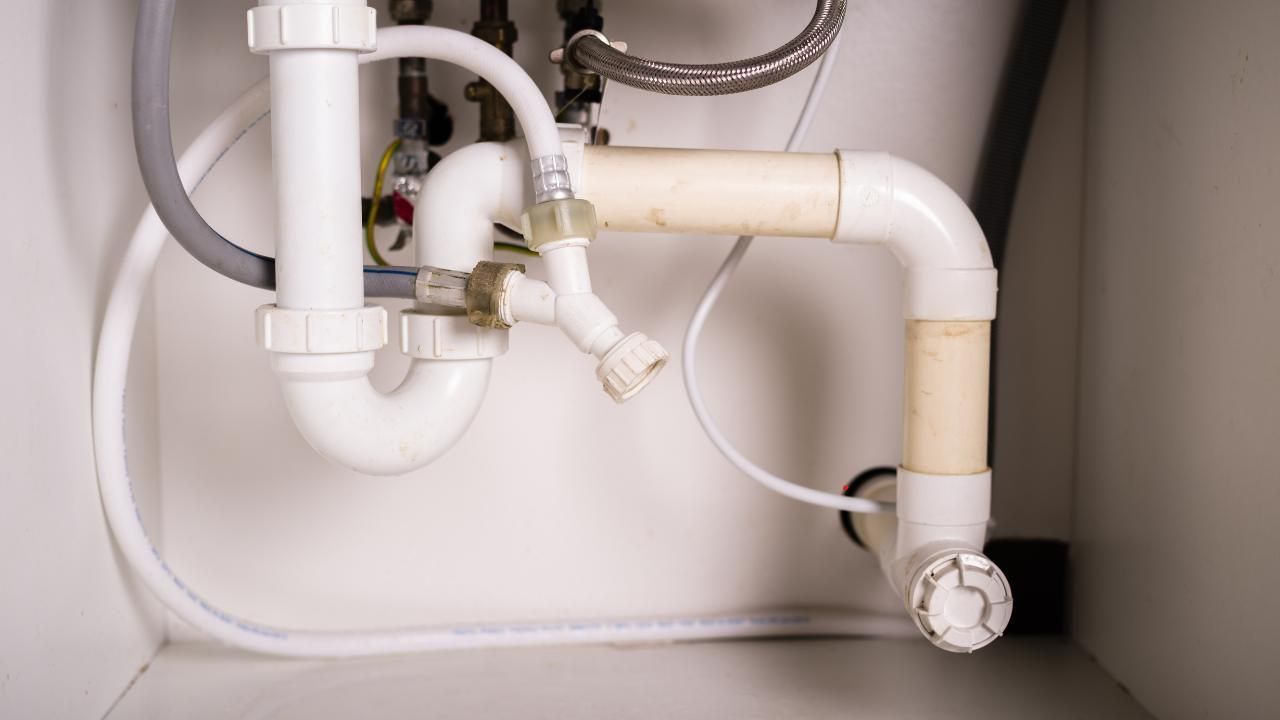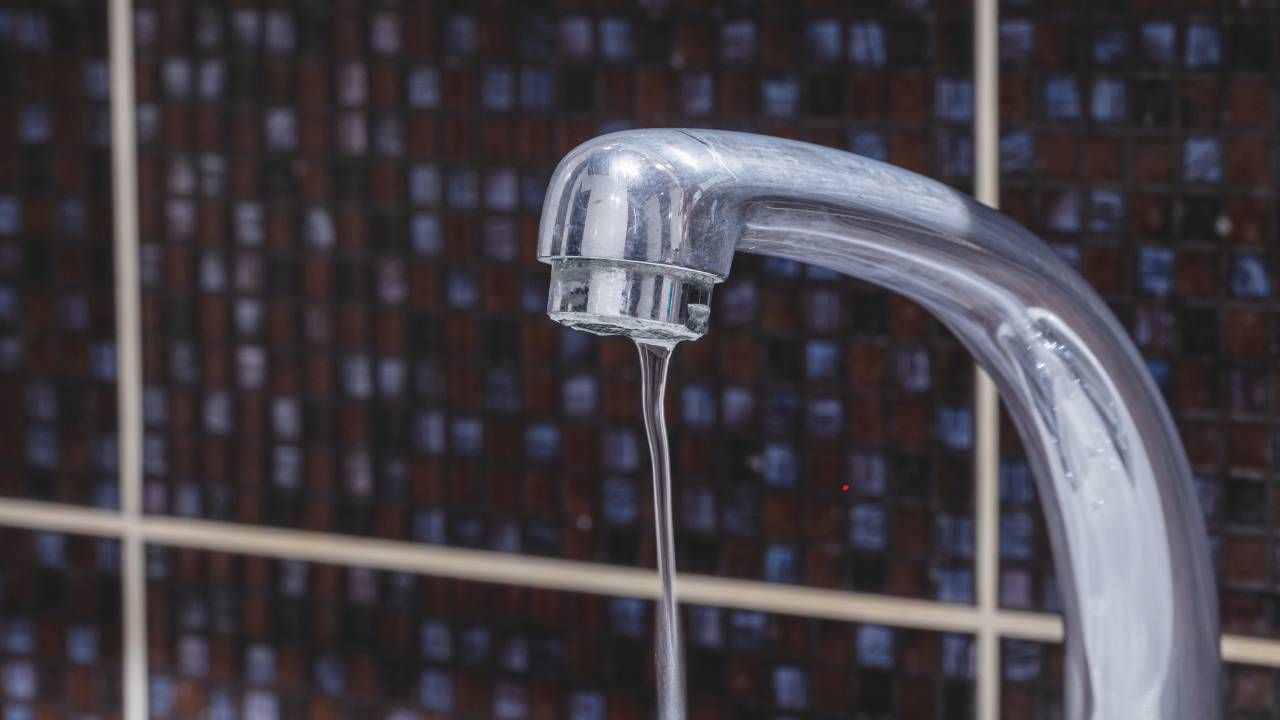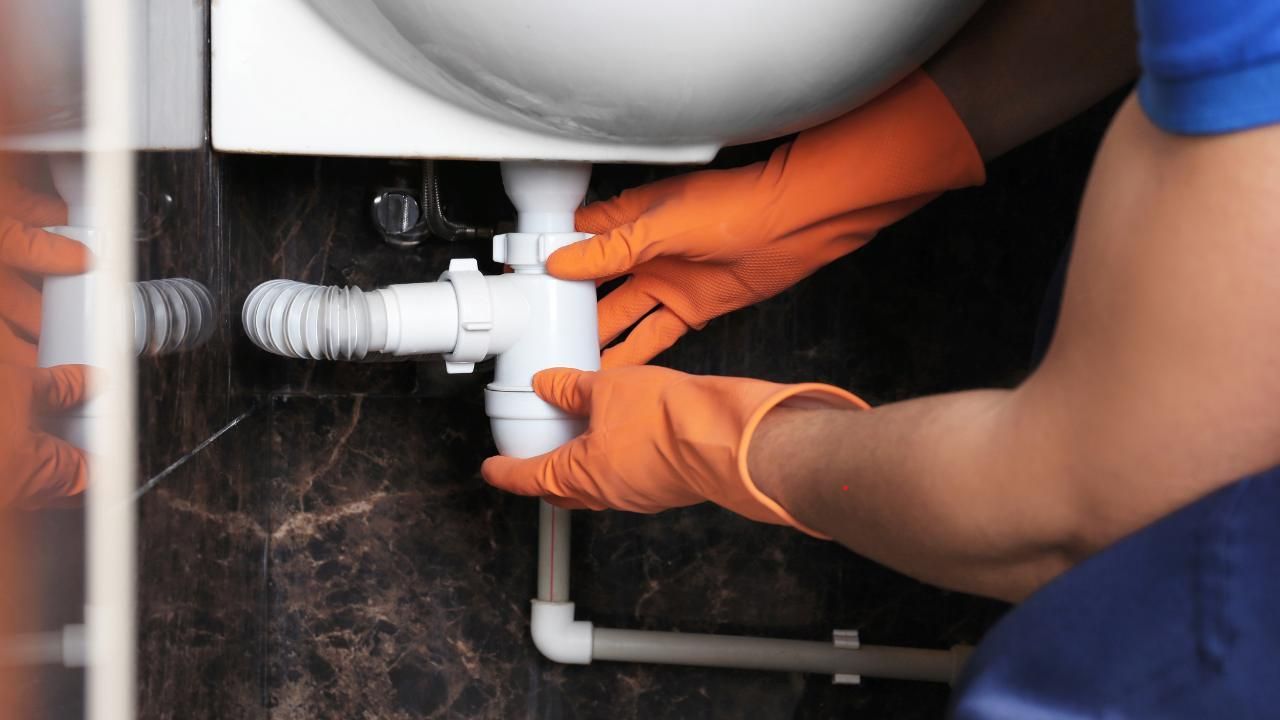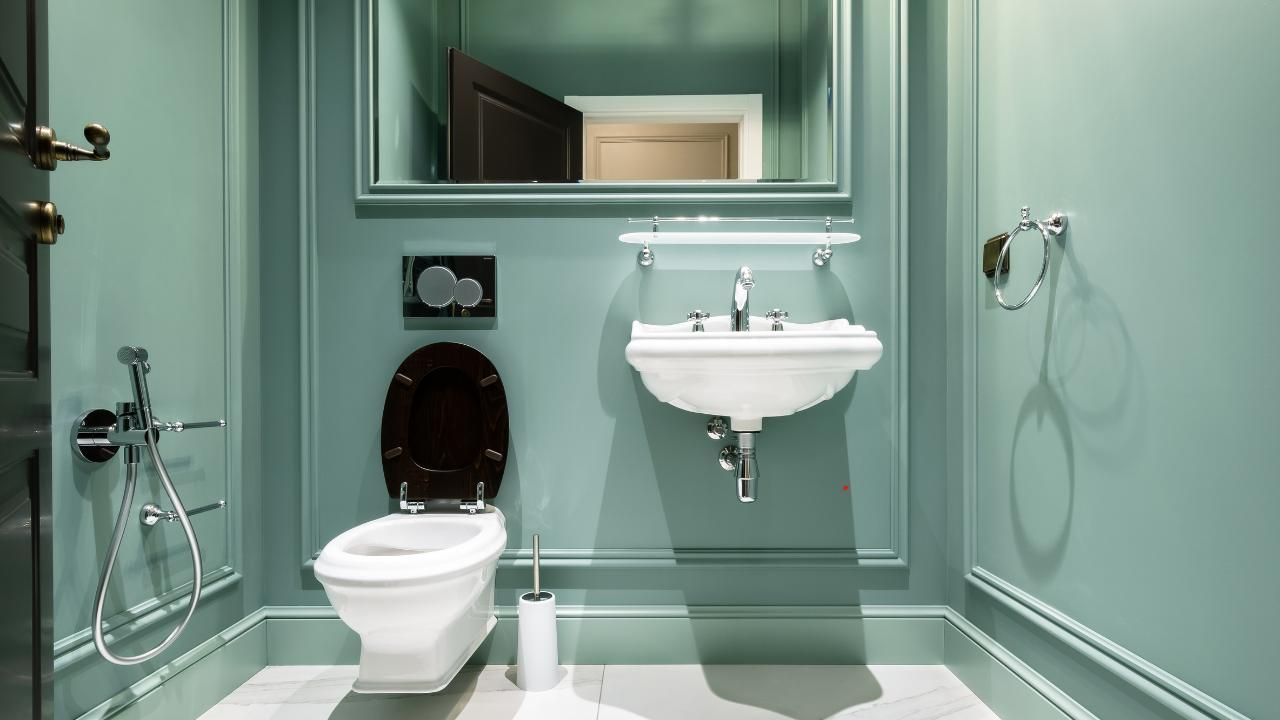How Old Are Your Pipes? When to Replace vs. Repair

Thinking about the age of your home's plumbing probably isn't a top priority, but it should be. Pipes work quietly behind the walls and under the floors, doing their job without much fanfare—until something goes wrong. A small leak, rusty water, or low water pressure could be signs that your pipes are nearing the end of their lifespan. Knowing when to replace vs. repair can save you thousands of dollars and a whole lot of stress.
In this article, we’ll walk through how to identify the age and condition of your pipes, when repair makes sense, and when replacement is the smarter long-term move.
How to Tell the Age and Condition of Your Pipes
Your pipes don’t come with expiration dates stamped on them, but different materials have general lifespans:
- Copper – 50 to 70 years
- Brass – 40 to 70 years
- Galvanized steel – 20 to 50 years
- PVC – Indefinite lifespan if not exposed to sunlight
Aside from age, here are a few warning signs your pipes might be failing:
- Rusty or discolored water – Often a sign of corrosion inside metal pipes.
- Frequent leaks – If repairs are becoming routine, the problem might be systemic.
- Low water pressure – Build-up or corrosion can restrict water flow.
- Odd tastes or odors – Water that tastes metallic or smells strange could indicate pipe deterioration.
A licensed plumber can do a camera inspection to pinpoint hidden damage and check the interior condition of your pipes.
When a Repair Is Enough
Not every pipe problem calls for a full replacement. In many cases, a targeted repair is all you need—especially if:
- The issue is limited to a small section of pipe.
- The rest of your plumbing is relatively new or in good condition.
- The leak was caused by a one-off incident, like freezing or accidental damage.
For example, if a single copper joint springs a leak, a simple solder repair or replacement of that small section can extend the system’s life without major disruption. This is also a good time to check the rest of the plumbing for potential trouble spots so you’re not caught off guard later.
When Replacement Is the Better Choice
Pipe replacement can feel like a big, intimidating project, but sometimes it’s the smartest investment—especially if your plumbing is already decades old. Consider full or partial replacement if:
- Multiple leaks keep happening – This usually means corrosion is widespread.
- Your pipes are made from outdated materials like galvanized steel, which is prone to rust and clogs.
- You’re planning a major remodel – This is the perfect opportunity to upgrade plumbing while walls or floors are already open.
Modern piping materials like PEX and copper offer better longevity and fewer maintenance headaches, making them worth the upfront cost.
Case Study: The Cost of Waiting
A homeowner in Commerce City noticed an occasional leak in their basement bathroom but kept patching it with quick fixes. Over time, corrosion spread to other sections, and low water pressure became a constant problem. When a major leak finally flooded part of their basement, the damage repair bill—plus emergency plumbing—was far higher than what a planned pipe replacement would have cost in the first place.
Final Thoughts
Your plumbing system is one of the most important—and expensive—parts of your home. Paying attention to the age and condition of your pipes can help you make informed decisions about repair vs. replacement. If you’re not sure where you stand, a professional inspection is the best first step.
For expert service in plumbing Commerce City CO, homeowners trust Fast Trak Plumbing and Drain for honest assessments and quality pipe repair that lasts. A small investment in the right solution today could prevent a major headache tomorrow. Ready to get started? Schedule an inspection with us today.




